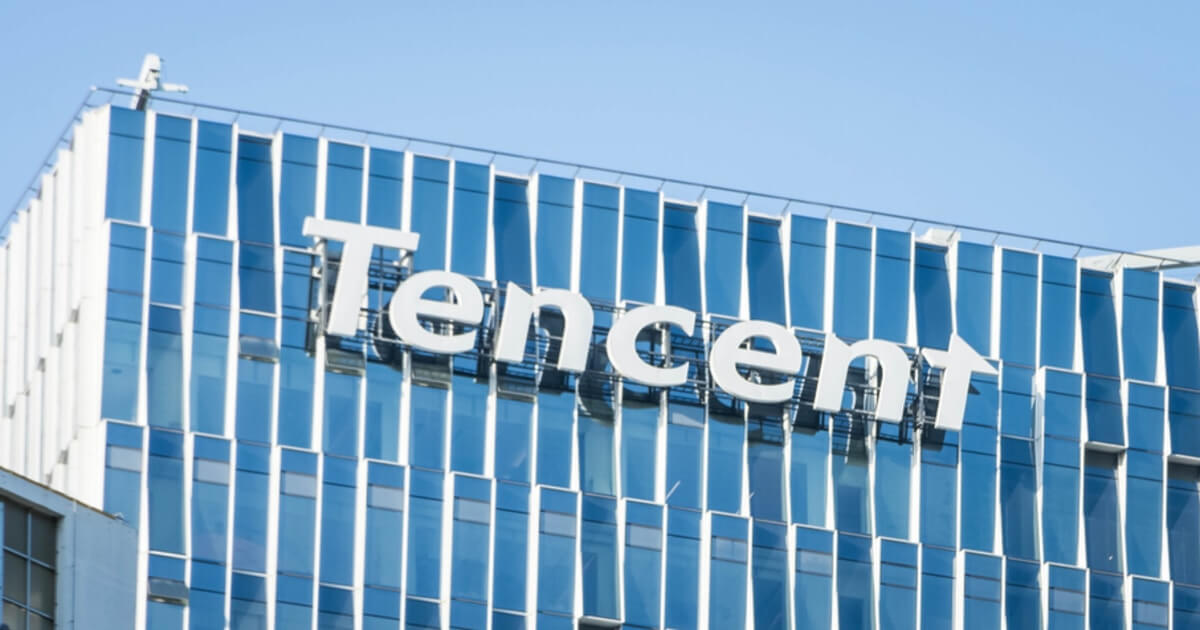Tencent Unveils Top Ten Tech Trends for 2024
Zach Anderson Jan 24, 2024 05:23
Tencent Research Institute's report on 2024's top technology trends highlights quantum computing, high-performance chips, AI-driven industry development, sustainable computing, IoT, cloud computing, and more, signifying transformative impacts across industries.

Tencent, a leading technology company in China, recently published a detailed report on the top ten technology trends that are expected to shape the year 2024. The report, compiled by Tencent Research Institute, offers an extensive analysis of future technological advancements and their potential impact on various sectors. Here’s a comprehensive look at the key trends outlined in the report.
Quantum Computing and Quantum Processor Units (QPUs): IBM's unveiling of the Quantum System Two in December 2023 marked a significant milestone in quantum computing, introducing a modular architecture that could accommodate up to 10,000 qubits. This development suggests a new direction for quantum computers, emphasizing replicability and scalability. Moreover, the focus has shifted from the sheer number of qubits to factors like error correction and scalability, indicating a maturation in QPU technology.
High-Performance Computing (HPC) and Its Cloud-Edge Collaboration: The evolution of HPC is moving towards a cooperative framework between cloud and edge computing. With single-point computing power reaching exascale levels, applications like autonomous driving and robotics are becoming increasingly feasible. Technologies like neuromorphic and optoelectronic chips are also enhancing edge computing capabilities.
Diversified High-Performance Chips: Tech giants like Microsoft and Meta are developing high-performance CPUs and AI accelerators. Beyond traditional x86 architecture, other chip architectures are also entering the HPC arena. The integration of Near-Memory Computing technologies by Intel, AMD, and Nvidia is addressing the “memory wall” bottleneck in chip performance.
The Rise of Cloud-Native Technologies: Cloud-native technologies are becoming increasingly popular, with cloud platforms accelerating support for HPC services. This trend is expected to unleash the potential of HPC power.
A Surge in Scientific Computing and Simulation Applications: The expansion and upgrading of global HPC clusters and the application of cloud-native technologies are making computing power more accessible. Scientific simulations, ranging from microscopic particle simulations to weather and geospatial simulations, are expected to see significant growth.
AI-Driven Industry Development: AI large models are emerging as a critical factor in industry upgrading and high-quality development. These models are expected to be applied first in digital-native enterprises and industries with high integration of digital and physical systems.
Sustainable High-Performance Computing: With the increasing power consumption of data centers, sustainable computing is becoming a priority. Companies like Intel and IBM are focusing on sustainable high-performance computing technologies.
IoT Era and Ubiquitous Computing: The proliferation of interconnected products like smart home devices and self-driving cars is driving the development of universal operating systems, simplifying management and control of these devices.
Cloud Computing Adapts to User Needs: The evolving complexity of cloud services is being shaped by technologies like AI, big data, and digital twins.
Spacetime AI for Urban Dynamics: Spacetime AI is being used for modeling various urban scenarios, aiding in efficient planning and management of cities.
Software-Defined Energy Networks (SDENs): SDENs use software to manage and control the supply, distribution, and security of energy, facilitating the integration of renewable energy sources into the grid.
Web3 and Its Expanding Applications: Despite challenges, Web3 is evolving to accommodate more applications beyond cryptocurrency transactions, thanks to advances in transaction verification and privacy protection.
Robotics with Enhanced Tactile Perception: Advances in materials, electronics, and machine learning algorithms are improving the spatial resolution and accuracy of tactile sensors, which will benefit various applications including remote operation of industrial robots and medical surgery robots.
Digital Humans for Interactive Applications: Digital humans are evolving from non-interactive entities to intelligent, interactive beings capable of complex interactions, potentially extending beyond gaming to fields like tourism, sales, marketing, information, and education.
Digital Office for Enhanced Collaboration: The pandemic-induced shift to remote working is expected to continue, with major companies adopting remote or hybrid work models.
Integrated Industry Security: As digital technologies permeate various industries, there’s an increasing need for comprehensive security measures covering infrastructure, data, digital supply chains, and cybersecurity.
These trends reflect Tencent's vision for the future of technology and its implications across industries and everyday life.
Image source: Shutterstock.jpg)

